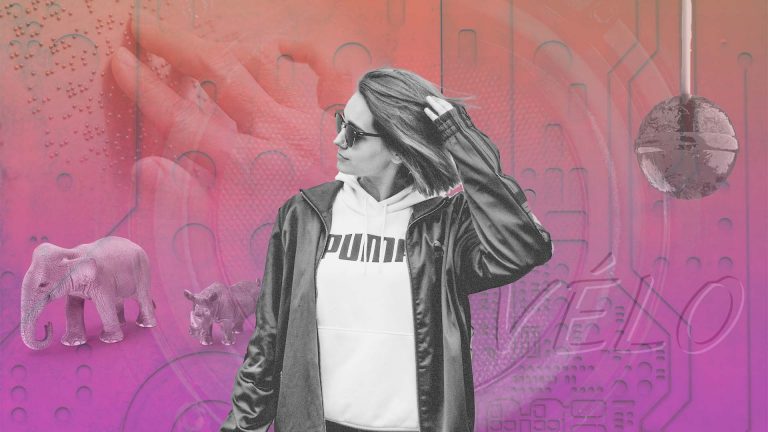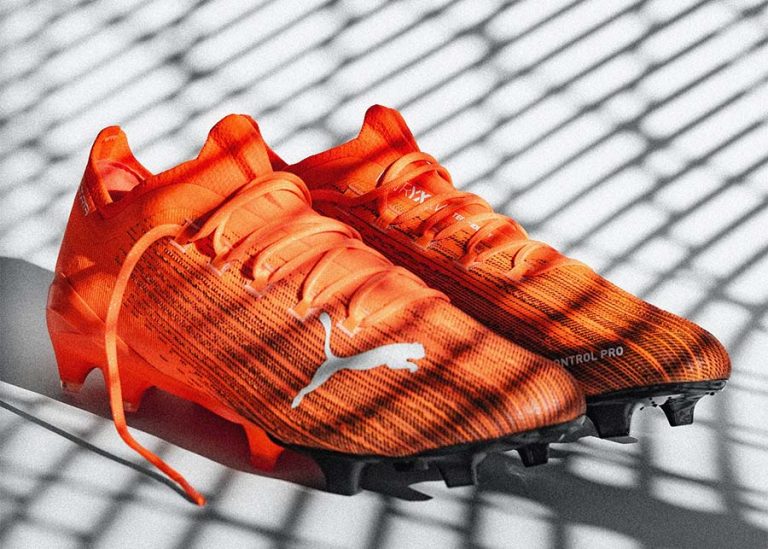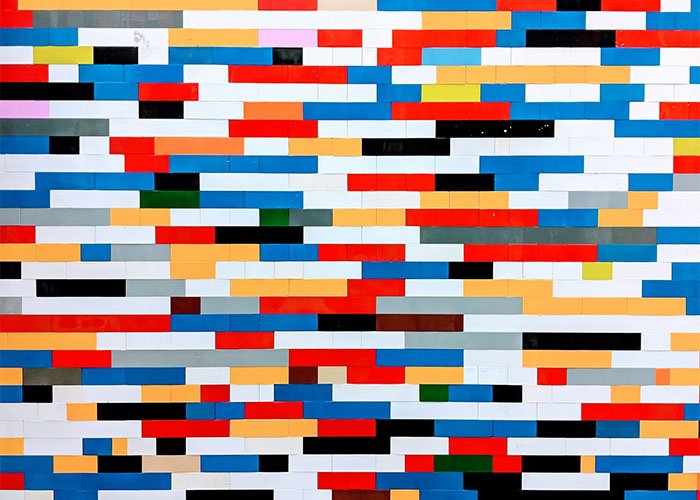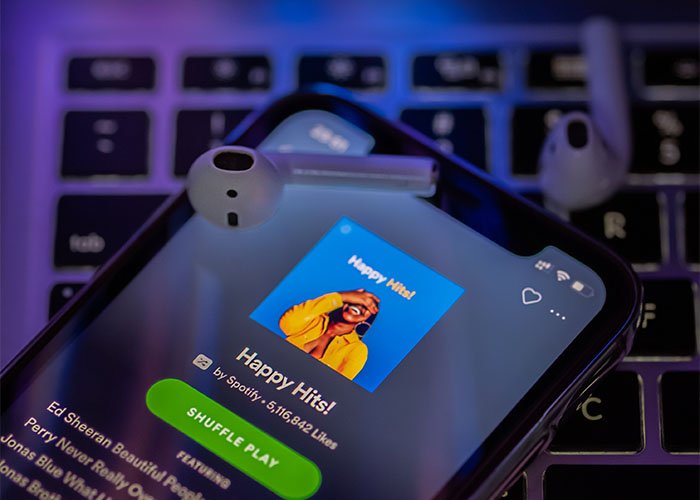6 Surprising Facts about European Brands
I recently came across a video on YouTube how the Chupa Chups lollies are made and was surprised to find out the brand is from Spain, I thought they were US origin.
That got me thinking what other brands are out there which a big global image but they actually originated and are based in a European country.
Let’s have a look.
1. Puma
We might associate athletics star Usain Bolt with Puma and indeed they are sponsoring Jamaica, Cuba, Bahamas, Grenada, Trinidad & Tobago and some European countries. They are also sponsors of some other legendary legends in football, basketball, running, golf and tennis.
Photo from Braden Hopkins – Unsplash
The third largest sportswear manufacturer in the world actually originated in Germany.
It was kind of established due to sibling rivalry. But let’s go to the beginning. In 1924, Rudolf and his bother Adolf “Adi” Dassler had founded together the company Gebrueder Dassler Schuhfabrik (Dassler Brothers Shoe Factory).
The brothers didn’t get on well and their relationship deteriorated so that they agreed to split in 1948, forming Adidas and Rudolf “Ruda”.
The registered company name “Ruda” (derived from Rudolf Dassler) was a word combination like his brother did with Adidas (Adi Dassler). It later changed to Puma.
Both companies are based in Herzogenaurach, Germany, which is now known as the world capital of sports shoes.
2. Tour de France
The Tour has been through a few rebrands since its conception in 1903. The current Tour de France logo was created by French designer Joel Guenoun back in 2002 and it remained unchanged ever since.
The brush font and upward direction gives it a dynamic feel but also reminds me there is always a bunch of drivers together and it sometimes looks chaotic. The yellow dot perhaps symbolises the yellow tricot which is the goal for the cyclists.
However, can you see the cyclist in the logo?
It’s integrated in “Tour”
The “o”, “u” and “R” all come together along with the yellow dot to form the image.
Whatever the image of the Tour de France means to you, the logo is a clever combination of words and imaging
3. Chupa Chups
The well known lollipop (I know it from my 90s kids days) has been sold in over 150 countries.
Who knew this brand actually comes from Spain?
The Catalan brand was founded in 1958 by Enric Bernat. The name of the brand comes from the Spanish verb chupar, meaning to “suck”. Bernat got the idea of his lollipops from him getting sticky hands from melting sweets. He also felt that at the time, sweets were not designed for children and he wanted to change that. The lolly sticks were first made out of wood but then switched to plastic sticks.
In July 2006, the company as a whole was acquired by the Italian Dutch Mentos parent company. Their HQ and factory remain in Barcelona.
The second surprising bit is that the Chupa Chips logo was designed in 1969 by famous surrealist artist Salvador Dali.
They really dived iton the marketing machine, Madonna was hired to advertise the product. That’s why lots of people assumed it is a US company. Even astronauts took up those first sweets in space in 1995 on to the Mir Space Station.
Chupa Chups also sponsored video game “Zool” in 1992.
In recent years they are targeting the young – teenage audience through influencers and YouTube videos.
Since 2010 Chupa Chups did a joint venture with hotel brand Mariott were the lollies were available at the front desk of any Springhill Suites property for free to any guest, child or adult. However as of August 2021 Marriott has begun stepping away from Chupa Chups as a signature item.
Their marketing campaigns are impressive and it will be interesting to see if this company also works towards a more sustainable product.
4. Kölner Zoo
Founded in 1860, the Kölner Zoo is a zoological garden in the northern district of Cologne and is the third oldest zoo in Germany.
The Kölner Zoo’s logo features an optical illusion.
The elephant silhouette is defined by a giraffe and a rhino. The negative space of the animal’s hind legs are cleverly shaped by the twin spires of the Kölner Dom (Cologne Cathedral).
The elephant also has an eye in the form of a star, that might be purely decorative.
The zoo is currently in the middle of rebuilding the South America Section for 12 million Euros (Stand: October 21).
5. Lego Braille Bricks
The company’s ethos is that children learn through play. It allows them to discover the world around them, come up with ideas of their own, connect with others, and use their natural creativity and curiosity.
Even for the adult lego enthusiast (me) it was great to learn that Lego has widened their product palette to be more inclusive.
In 2019, Lego and the Lego foundation introduced a pilot scheme and then launched products designed for blind and visually impaired children.
Photo from Omar Flores – Unsplash
The Braille Bricks have studs on top that reflect individual letters and numbers in the Braille alphabet.
Children can create and manipulate bricks to build big cities, learn counting or develop vocabulary with different categories like animals, fruits, vegetables and countries.
6. Spotify
One of the most popular music & podcast streaming services originates from Sweden. It was founded in 2006 by Daniel Ek and Martin Lorentzon.
With technology shaping everything, our mode of listening to music has evolved. It’s very easy to access millions of music songs and podcasts under their freemium ( a free-but-with-ads) or paid subscription service.
Today, Spotify is available in most of Europe and the Americas, Oceania and more than 40 countries in Africa as of July 2021.
The iconic Spotify logo is everywhere. From PCs, smartphones, and tablets on which users access the app, the radiant green icon stands out. It’s also attracting attention on websites, social media handles, app stores, and several promotional mediums.
The logo already had 2 major logo redesigns.
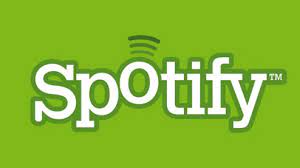
Original Logo 2008 – 2013

Logo 2013 – 2015

Logo 2015 – present
By the way, the 3 sound waves are not centred vertically like the WIFI logo, they are rotated a little bit down towards the right side.
The Spotify brand looks to stay. I mean who can picture a future without them?
They are also diverging into different audio formats, even towards video streaming but also allowing artists to pay to promote their work on users’ homepages or within playlists.
References
Logos: Puma SE, Tour de France – Amaury Sport Organisation, Chupa Chups S.A.U., Zoologischer Garten Köln, Lego Group, Spotify Technology S.A.
https://en.wikipedia.org/wiki/Puma_(brand)
https://www.creativebloq.com/logo-design/tour-de-france-logo-71515677
https://en.wikipedia.org/wiki/Chupa_Chups
https://www.koelnerzoo.de/en/home-en
https://www.legobraillebricks.com/
https://commons.wikimedia.org/wiki/Main_Page
Disclaimer
Please note any direct links are affiliate programs with Amazon which means I get a small commission if you decide to purchase anything or sign up to services. You won’t pay a penny more but it helps me out!

